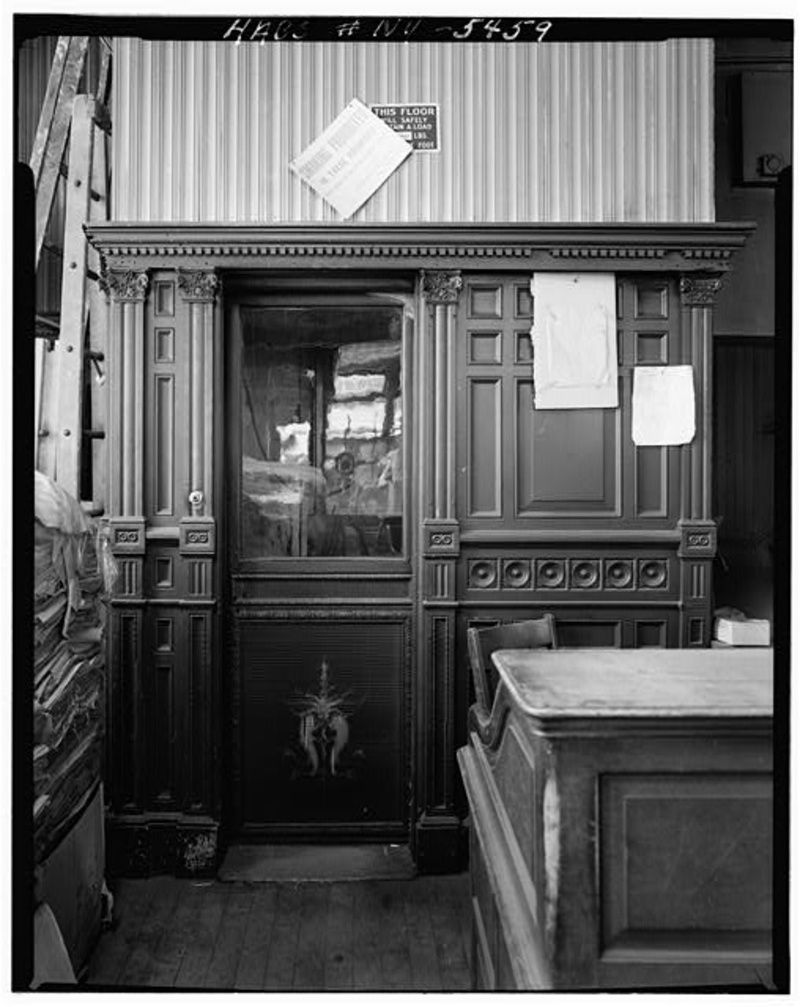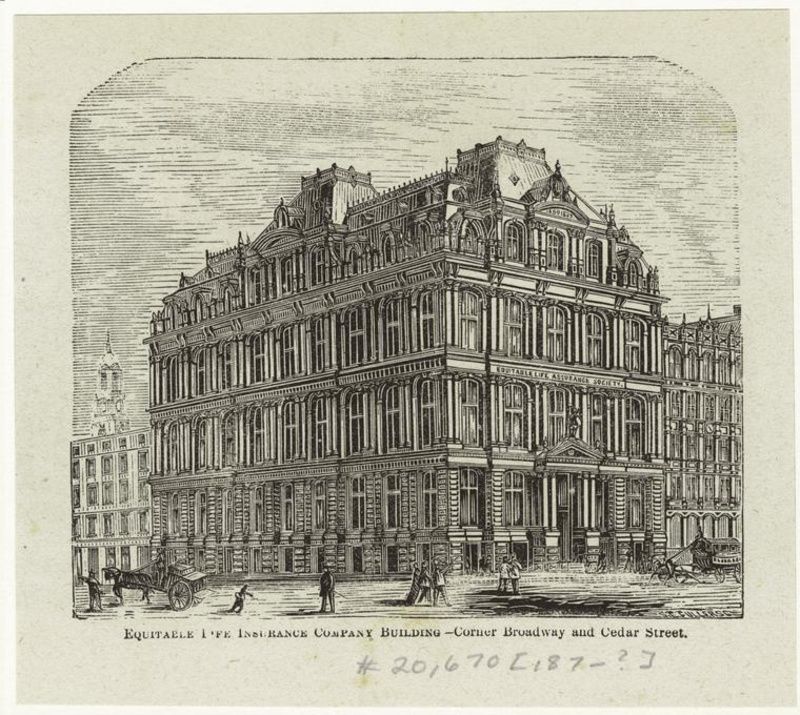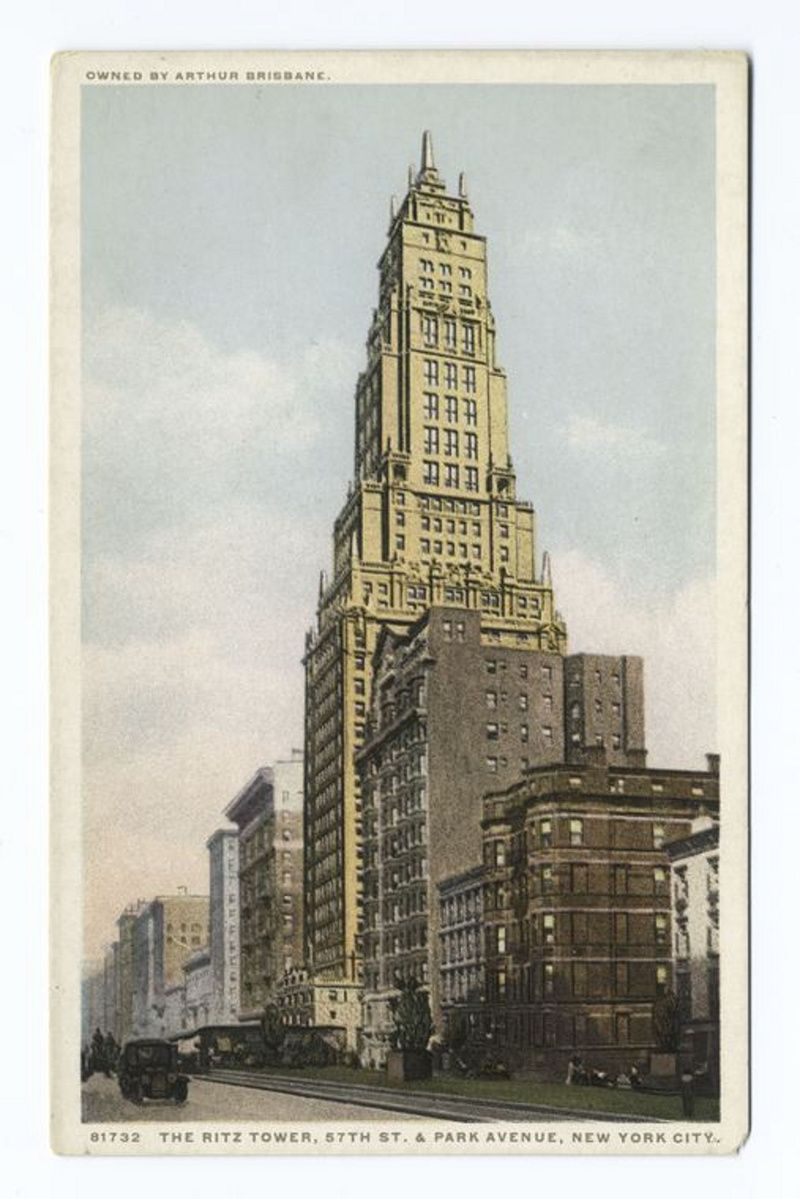100th Anniversary Great Nave Tour at the Cathedral of St. John the Divine
Celebrate the 1925 construction of the stunning nave inside the world's largest Gothic cathedral!


Elevators were first created in 236 BC and have evolved over the years from hand-operated creations known as flying chairs to electronically powered stainless steel boxes. New York City alone contains 70,000 of the world’s elevators, according to the Department of Buildings. A look at the historic elevators in this city tells a fascinating story of technological advancements and urban development.

Elisha Graves Otis is the man credited with the creation of the modern elevator. Otis presented his safety passenger elevator inside the Crystal Palace at the Exhibition of Industry of All Nations, New York City’s very first World’s Fair, in 1853. Spectators were immediately impressed. It didn’t take long for the new technology to be adopted.
Passenger elevators were thoroughly needed in the city. Before the introduction of Otis’ safety brake, there existed “hoisting elevators,” which were platforms elevated by manpower. These inventions were dangerous and susceptible to cord snapping. Otis perfected a new design, finding his first client, E.V Haughwout, after the Convention.
Haughwout hired Otis to install a passenger elevator in his luxury store, lifting clients to discover the various departments spread throughout the 5-floor building. The first elevator opened in New York City in 1857 at E. V. Haughwout’s department store on the corner of Broadway and Broome Street in SoHo.
The steam-powered elevator cost $300 to install and traveled under 0.5mph. What seems ordinary to us now was revolutionary then. The grand opening of the store on March 23rd, 1857 drew thousands of curious New Yorkers, but the press made few mentions of the elevator. In From Ascending Rooms to Express Elevators: A History of the Passenger Elevator in the 19th Century, author Lee Edward Gray notes that there was only a brief mention in The New York Tribune.

The installation of a passenger elevator inside the Fifth Avenue Hotel, which opened in 1859, made a bigger splash. In 1870, the Equitable Life Assurance Building was the first office building to install passenger elevators- a revolutionary development in the world of urban business.
Before the creation of elevators graced New York, buildings in the city were limited to the height that people were willing to climb via stairs – about 6 stories. The upper floors were usually servant’s quarters due to the hassle of reaching them.
Once the elevator was implemented in New York, it was still rather difficult for building owners to convince their tenants to live on the upper floors. The previous stigma of high floors being for poorer residents prevailed for a long time. This stigma began to fade away in the 1920s when luxury apartment buildings with top-floor penthouses became desirable.

This new attitude towards living higher in the air was largely led by architect Emery Roth’s Ritz Tower on Park Avenue, completed in 1926. At 41 stories, it was the largest residential building at the time. The setback upper floors were lined with terraces. Roth followed this building with other tall apartment complexes including The San Remo and the Beresford, with upper floors boasting views of Central Park, another perk of being higher off the ground.
Penthouses at these luxury towers became signs of wealth as mansions of the Gilded Age were torn down. The elevator became a status symbol for wealthy city goers, the higher up and more private, the better.
Though the novelty of elevators has worn off and they have become a mundane, and necessary, part of everyday life, this invention was critical to NYC’s vertical growth. New York skyscrapers touch the sky, and thanks to this handy creation, we’re able to go farther than we ever imagined.
Next, check out How Do Smart Elevators Work?
Subscribe to our newsletter